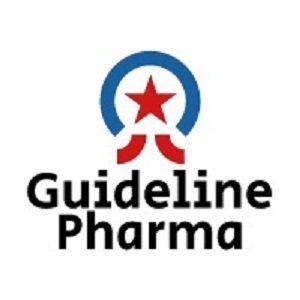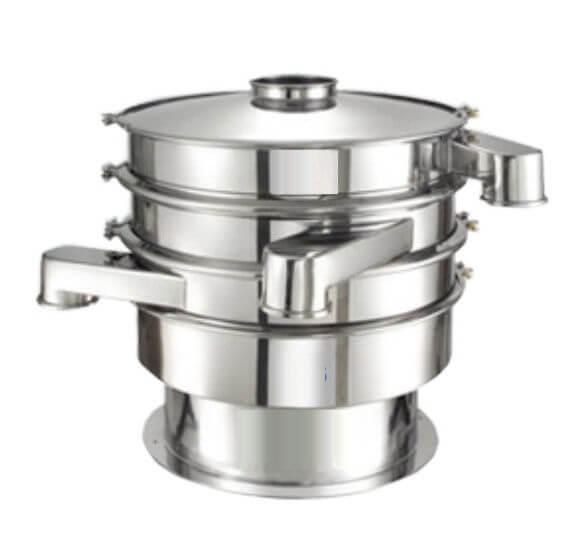Film Coating By by design of experiments
- To identify and screen the critical process parameters by design of experiments and optimizing it using the “Environmental Equivalency” (EE) factor.
- Film-coating of tablets has many variables and the factors like core tablet composition, coating equipment, process conditions and coating suspension, influence on quality and visual appearance of the final product.
- The process parameters identified during the process include inlet air temperature, optimization air pressure, spray rate and the responses reflected on surface roughness (Ra) and LOD percentage.
- An initial screening stage was carried out using the 23 full factorial design,
- Surface roughness is measured by using instrument Profilometers and found to be in the range of 2.25 to 2.97.
- LOD is measured using Halogen Moisture Analyzer, found to be varying between 35 to 2.62.
- Thus final optimization was carried out by using two different techniques viz. “DOE” and “Environmental Equivalency” (EE) factor. ‘Surface finish’ and ‘moisture content’ of the tablet were used as measurable responses to judge the quality of coating process.
- Aqueous film-coating of tablets is used for many reasons (color), taste masking, controlling drug release.
- The factors are identified for spreading, penetration and drying (water evaporation) of the coating liquid are inlet airflow rate, coating solution flow rate, spraying air pressure and rotating speed of the pan.
- Process conditions of tablet coating depends on number of variables such as inlet air flow rate, spraying air pressure, coating solution flow rate, pan air temperature and rotating speed of the pan etc.
- Design of Experiment (DOE) works with systematic investigation of variable factors and their interactions and also used to improve the understanding the relationship between product (responses) and process parameters (factors) and the desired performance characteristics such as in the coating process.
- The Advantages of optimization using DOE and theory of Environmental Equivalency (EE) Factor are by combining both the techniques gives better optimization control in case of multivariate and complex processes like tablet coating.
- The rationale behind using both techniques DOE and “Environmental Equivalency” (EE factor) is because process of tablet coating involves large number of parameters. Therefore an empirical Design of Experiments (DOE) approach alone is insufficient to achieve understanding of the process which is essential to accomplish robust process design.
- To identification and screening of the critical coating process parameters by design of experiments. Further optimization was carried out using the “Environmental Equivalency” (EE) factor.
- An initial screening was done using the 23full factorial design, where the surface roughness and loss on drying was quantified. For visualization of surface roughness scanning electron microscopy was performed.

- In the initial screening process design of experiments was used on coating parameters such as inlet air Temperature; spray rate and atomization air pressure.
- Scanning electron microscopy was employed for the visualization of surface morphology of the coated tablets
- Surface roughness value was calculated as a measure of roughness average of a surfaces measured microscopic peaks and by Profilometer (Surface roughness tester).
- Loss on drying was determined by Halogen Moisture Analyzer
- Environmental equivalency factor was measured using TAAC.
The Automatic Film Coating Machine Must Be a Monitored Environment
- Tablets are placed in a coating drum, then rotates and mixes the tablets.
- Ambient heated air is forced through the perforations in the drum to warm the tablets.
- This ambient air is vented from the drum.
- A solution of coating materials is sprayed in fine droplets throughout the bed of tablets.
- The distance between the spray gun and the tablets is measured and adjusted to reach the desired uniform coating across the batch of tablets.
- Droplets of the solution hit the tablets and spread into a film across the tablet surface.
- Conditioned air evaporates the water from the solution, leaving behind the tablet film coating.
- The desired thickness of the coating is increased or reached as the tablets pass under the spray by the rotation of the drum.
From the above discussion it was found that slight variation in spray rate has major impact on the % LOD as well as RA value.
Spray rate was found to be major critical process variables because with the increase in spray rate Ra value decreases and % LOD value increases.
TAAC: A Mathematical Model for Optimized Tablet Coating


